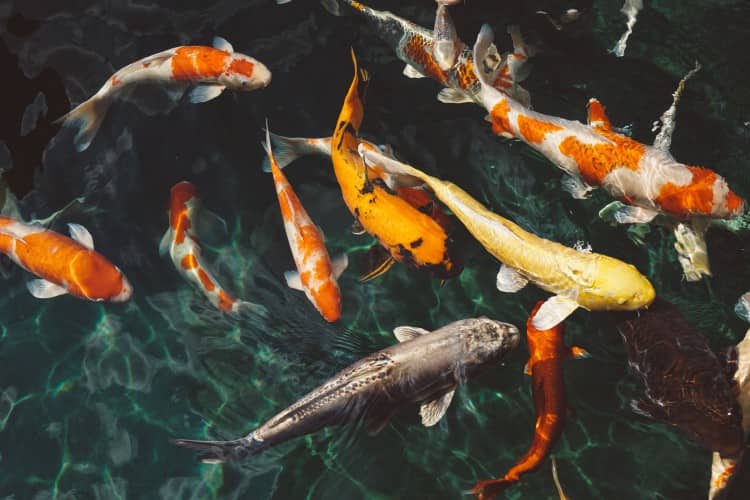
Algae is the dread of anyone who owns an aquarium – it’s one of those annoying factors which can completely ruin your beautifully planned set up but the good news is it’s easy enough to deal with using just a few simple measures.
Algae grows regularly in any tank but it’s when it gets out of hand and takes over that it cause problems, making your tank look ugly and potentially becoming harmful to your fish and other plants in the tank.
Algae need water, light and nutrition to survive and if it has all three of these in abundance it will thrive – a bit like the weeds in your garden. You can’t do anything about the water in a fish tank but you can control the light and nutrition available to algae.
Here are a few of the key reasons you might end up with an algae problem in your tank:
- Leaving your fish tank lights on all the time
- Leaving your tank in an area where it gets direct sunlight
- Feeding the fish too much food
- Having water with high nutrient value
So if you have an algae problem there are a few really simple things you can do to try to reduce the growth and get your tank back to its beautiful starting point. Try out some of these tips to see if they make a difference in your aquarium:
- No direct sunlight
Make sure you never put your fish tank in direct sunlight, ever, as it will always promote strong growth of algae.
- Less artificial light
Don’t use lights which are too strong and always turn them off at night. Your tank should only have the lights on for around eight hours per day – you can use a timer to set this automatically rather than trying to remember to do it.
- Feed your fish less often
A common mistake is to over feed fish however any food that is left in the tank for long periods of time has an impact on the nutrient level of the water. Only feed your fish small amounts and watch them eat. Remove any food which hasn’t been eaten from the tank. Selecting the right type can also help, there are a number of places online where you compare fish food like this page.
- Change your tank water
You should be changing around 10% of your fish tank water each week – this will help to keep the nutrient level in the water as low as possible which should, in turn, help to keep algae at bay.
- Test your water
You should regularly test the water you are using for your fish tank to see what the phosphate levels are – if it comes up high you might need to use phosphate removal products or try another water source.
- Remove algae as it appears
As soon as you start to see any algae anywhere in the tank you need to remove it to keep the tank clean. Scrape it from the glass and if it is growing on rocks or artificial plants you need to take them out of the tank and wash them. You should also regularly vacuum the gravel.
- Grow live plants
Algae needs nutrition to survive but if you have live plants growing in your aquarium they will be removing the nutrients from the water for themselves so there will be no fuel for the algae to use to grow and take over.
- Buy fish that eat algae
Try investing in fish which live on the bottom of the tank and eat algae as another way to keep this pest of a plant out of your tank. There are plenty of fish breeds which will consume the algae for you, helping to keep it under control.
- Understand which algae you have
There are many different types of algae so understanding which types you have in your tank will help you find the best way to get rid of it and importantly, stop it coming back. Here are some of the most common ones:
- Brown algae – it appears in new tanks, coating the tank but is easy to wipe off and harmless
- Blue-Green algae – caused by too much nitrate and phosphate – it can spread like wildfire and cause damage – you need a treatment to remove the nutrients
- Red algae – one of the hardest to get rid of, this one grows on plants in the tank
- Green algae –healthy algae which grow in most tanks but won’t overgrow or cause problems if you care for your tank effectively
- Algae bloom – caused by the tiny algae which float suspended in the fish tank water and are very hard to remove – you need a special filter or a few days of no light
Algae is a common issue to every fish tank owner but with a few sensible precautions it should be relatively simple to keep any algae growth under control, making sure it doesn’t end up taking over your whole tank.
